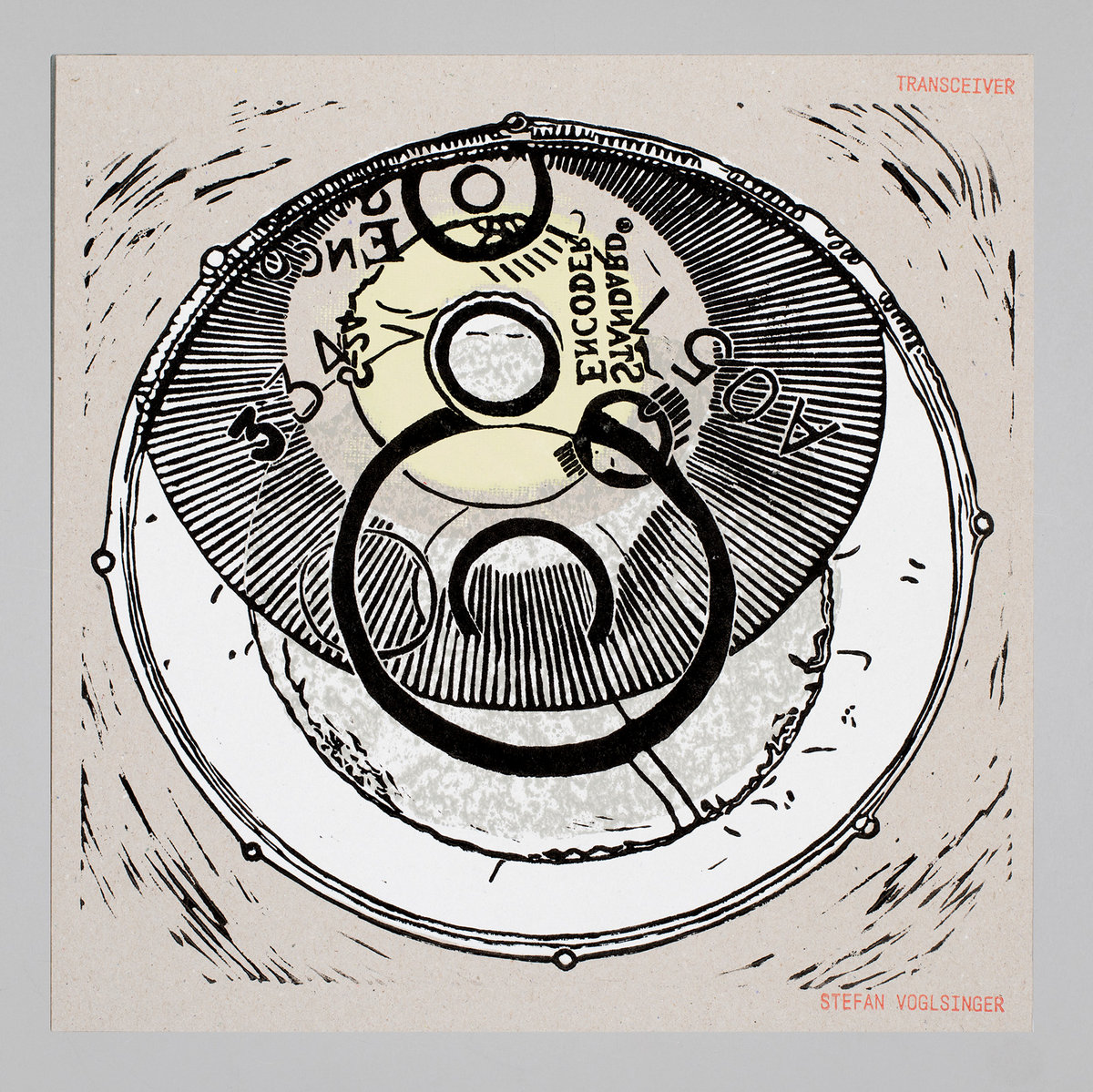Auf dem Wiener Mamka-Label ist gerade eine neue 2-LP von Soundartist Stefan Voglsinger erschienen, deren beide Scheiben, simultan auf zwei Plattentellern abgespielt, die fertige Komposition bilden. Als eine Art opera aperta kann das u.a. auf zahlreichen Field Recordings und Samples basierende “Transceiver” aber auch als Grundlage für verschiedene Variationen u.a. durch Tempoeinstellung fungieren. Das Album ist auch in einer binauralen digitalen Version erhältlich.
“Transceiver is a quadraphonic piece for two turntables by Stefan Voglsinger. The four-channel composition becomes audible when the needles of two opposing turntables are placed simultaneously. Recorded over the course of a year, Transceiver is inspired by transmission technologies and the evolution of communication over distances. Using a mobile recording rig, Aras L. Seyhan and Stefan Voglsinger explored reverberation spaces in and around Vienna, merging field recordings with digital artifacts and acoustic on-site manipulations. The result is a quadraphonic soundscape that blends acoustic leaps in time and presents unheard perspectives of peculiar-sounding places. Echoes under the Danube Island bridges, reflections from corridors of “Gründerzeit” houses, detuned piano body vibrations, re-amping of sounds at Vienna`s oldest church – St. Rupert, reverberations from the dripstone cave “Güntherhöhle” in Lower Austria (a 206m long, 21m high cave that served as bomb shelter and now bat cave), oscillations through Richard Deacon’s painted steel sculpture “Now and Then” and the massive arched vault reflections from Vienna’s subterranean sewer system. As an instrument, the release encourages collective listening and experimentation, for example by combining different speeds, lifting and repositioning the needles, playing backwards and using diverse playback devices. Each cover of the 12” limited edition is hand-printed, cut, stamped and bound individually using various printing and transfer techniques. The gatefold cover graphic features a resonator drum and outlines of transparent monochromatic circuit boards. Trough a roughly cut hole on the backside of the vinyl, the uniquely tinted linocut-printed labels become visible, each of them matching the acetone-transferred Inlay artworks. In addition to the detailed artwork, the release includes many small gadgets: a Morse code used for synchronization, inside-out playing direction on clear vinyl, four endless loops and a unique acetone transfer print, to name just a few”. (Mamka)
